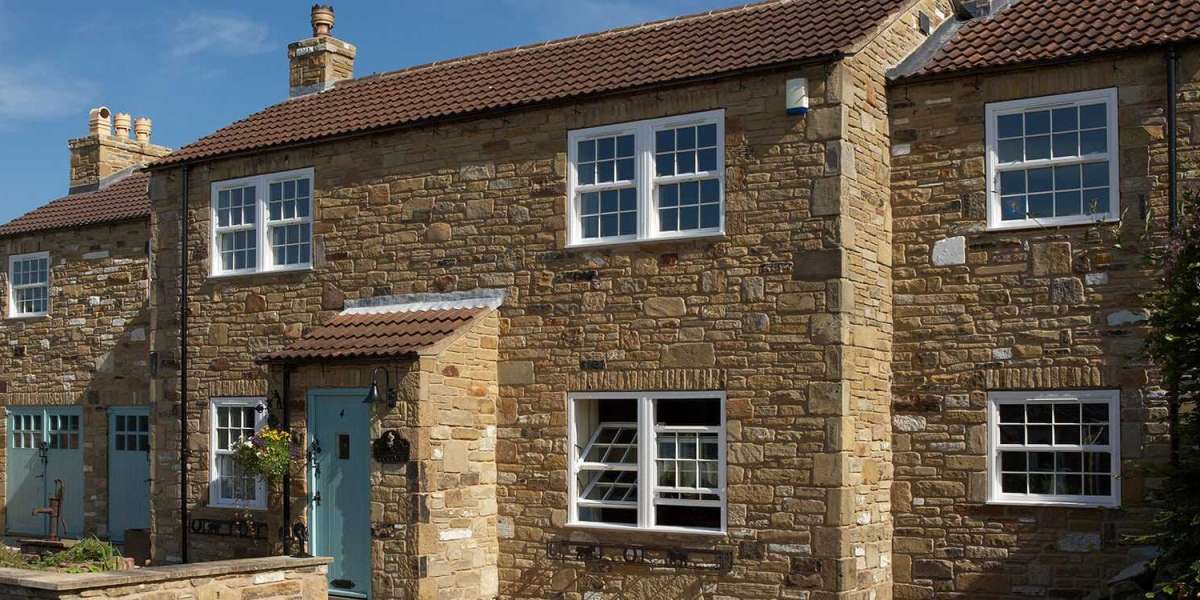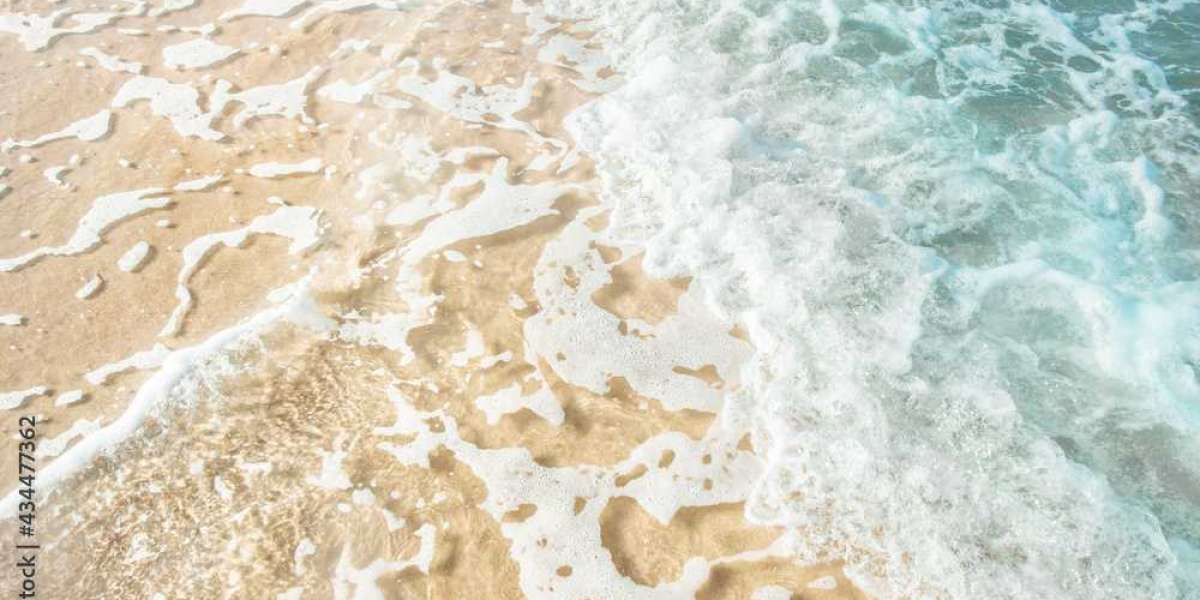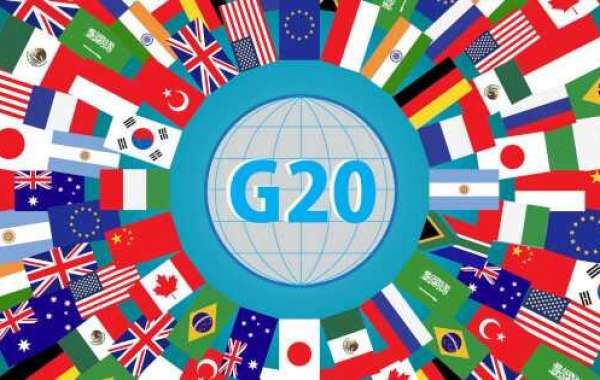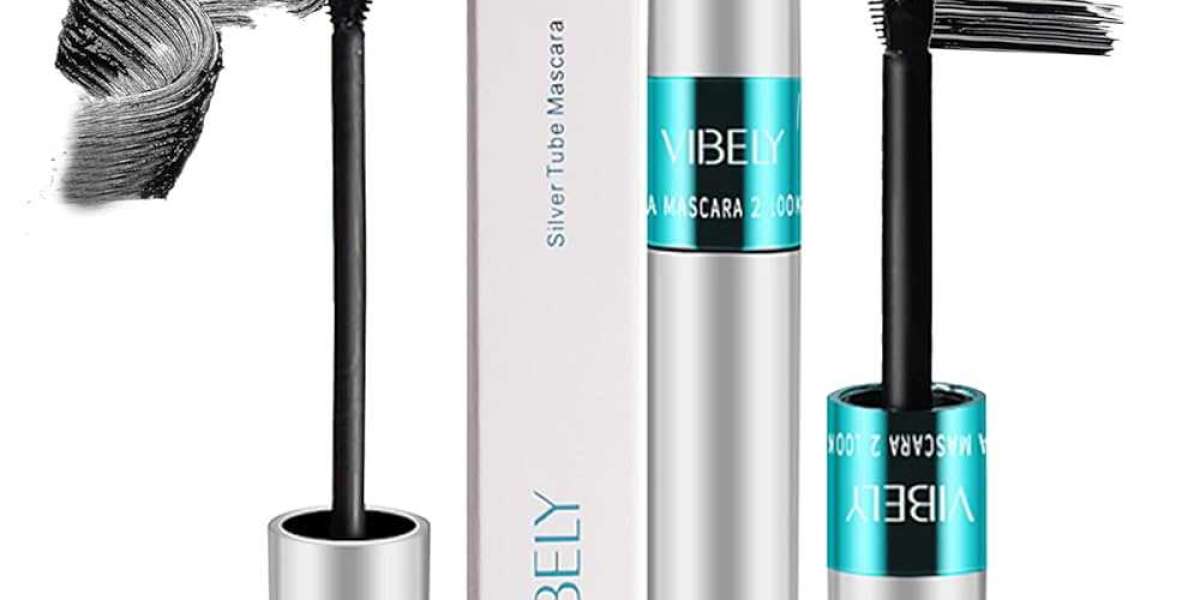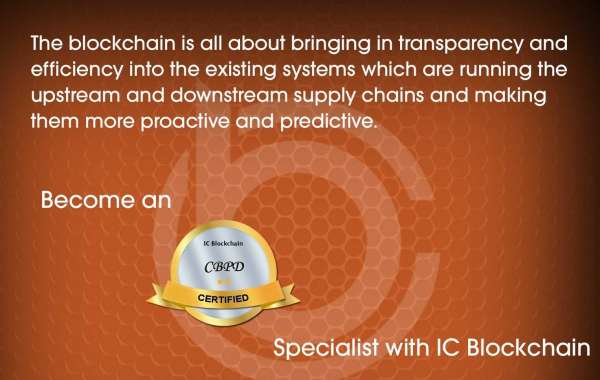UPVC (Unplasticized Polyvinyl Chloride) windows have gained significant popularity in modern construction due to their numerous advantages over traditional materials such as wood and aluminum. As a durable, energy-efficient, and low-maintenance option, UPVC windows are increasingly being adopted in residential and commercial buildings. This article explores the properties, benefits, and applications of UPVC windows, highlighting why they are an excellent choice for contemporary architecture.
Properties of UPVC Windows
UPVC is a rigid form of polyvinyl chloride that is not softened by the addition of plasticizers. This characteristic gives UPVC windows exceptional strength and durability. The material is resistant to corrosion, weathering, and UV degradation, making it suitable for various climates. UPVC windows are also available in a wide range of colors and finishes, allowing for customization to fit different architectural styles.

One of the critical properties of UPVC windows is their thermal insulation capability. The multi-chambered design of UPVC profiles traps air, creating a barrier that reduces heat transfer. This feature contributes to energy efficiency, keeping homes warmer in winter and cooler in summer. Additionally, UPVC windows can be fitted with double or triple glazing, further enhancing their insulation properties.
Energy Efficiency
The energy efficiency of UPVC windows is one of their most significant advantages. According to various studies, buildings equipped with UPVC windows can reduce energy consumption by up to 30%. The enhanced insulation properties minimize the need for heating and cooling systems, leading to lower energy bills and a reduced carbon footprint.
Furthermore, UPVC windows provide excellent sound insulation, which is particularly beneficial in urban areas with high noise levels. The combination of thermal and acoustic insulation creates a comfortable living environment, contributing to overall well-being.
Durability and Maintenance
UPVC windows are known for their long lifespan, often lasting over 30 years with minimal maintenance. Unlike wooden windows, which may rot, warp, or require regular painting, UPVC windows are resistant to moisture, pests, and fading. A simple wipe with soapy water is usually sufficient to keep them clean.
The durability of UPVC windows also translates to cost savings over time. Although the initial investment may be higher than traditional materials, the long-term benefits of reduced maintenance and energy costs make UPVC windows a wise financial choice.
Environmental Considerations
In an era of increasing environmental awareness, the sustainability of building materials is a critical consideration. UPVC windows are recyclable, and many manufacturers have adopted practices to recycle old windows into new products. This aspect of UPVC contributes to a circular economy, reducing waste and promoting sustainability in the construction industry.
Moreover, the energy efficiency of UPVC windows contributes to lower greenhouse gas emissions. By reducing the energy required for heating and cooling, UPVC windows play a role in combating climate change and https://businessoutstanders.com/home-improvement/bespoke-window-installation-harpenden-guide promoting environmentally friendly building practices.
Security Features
Security is a paramount concern for homeowners and property developers alike. UPVC windows come equipped with advanced locking mechanisms and multi-point locking systems that enhance security. The robust nature of UPVC also makes it more challenging for intruders to break in compared to traditional wooden or aluminum windows.
Furthermore, the use of laminated or toughened glass in UPVC windows can provide additional security, making them an ideal choice for ground-floor installations or properties in high-crime areas.
Aesthetic Flexibility
UPVC windows are available in various styles, including casement, sliding, tilt-and-turn, and bay windows. This versatility allows architects and homeowners to choose designs that complement their building's aesthetics. Additionally, UPVC windows can mimic the appearance of traditional wooden frames, providing a classic look without the associated maintenance issues.
The ability to customize colors and finishes further enhances their appeal. Homeowners can select shades that match their exterior décor or create a striking contrast, making UPVC windows a popular choice for modern and traditional homes alike.
Cost-Effectiveness
While the initial cost of UPVC windows may be higher than that of basic wooden or aluminum options, the long-term savings make them a cost-effective choice. The reduced energy bills, minimal maintenance requirements, and longevity of UPVC windows contribute to their overall value.
Moreover, many governments and organizations offer incentives for energy-efficient home improvements, which can offset the upfront costs associated with installing UPVC windows. Homeowners may also find that the increased property value resulting from energy-efficient upgrades can provide a return on investment.
Installation and Customization
The installation process for UPVC windows is generally straightforward, as they are designed to fit standard openings. Professional installation is recommended to ensure proper sealing and insulation, maximizing their energy efficiency. Many manufacturers provide a range of customization options, allowing for tailored solutions that meet specific project requirements.
Conclusion
In summary, UPVC windows represent a modern solution for energy-efficient, durable, and low-maintenance building materials. Their excellent thermal and acoustic insulation properties, combined with enhanced security features and aesthetic flexibility, make them an attractive choice for a wide range of construction projects. As the construction industry continues to evolve, the demand for sustainable and efficient building materials is likely to increase, further solidifying UPVC windows' position as a leading option in contemporary architecture. With their numerous benefits and applications, UPVC windows are not just a trend but a long-term investment in quality and sustainability.
